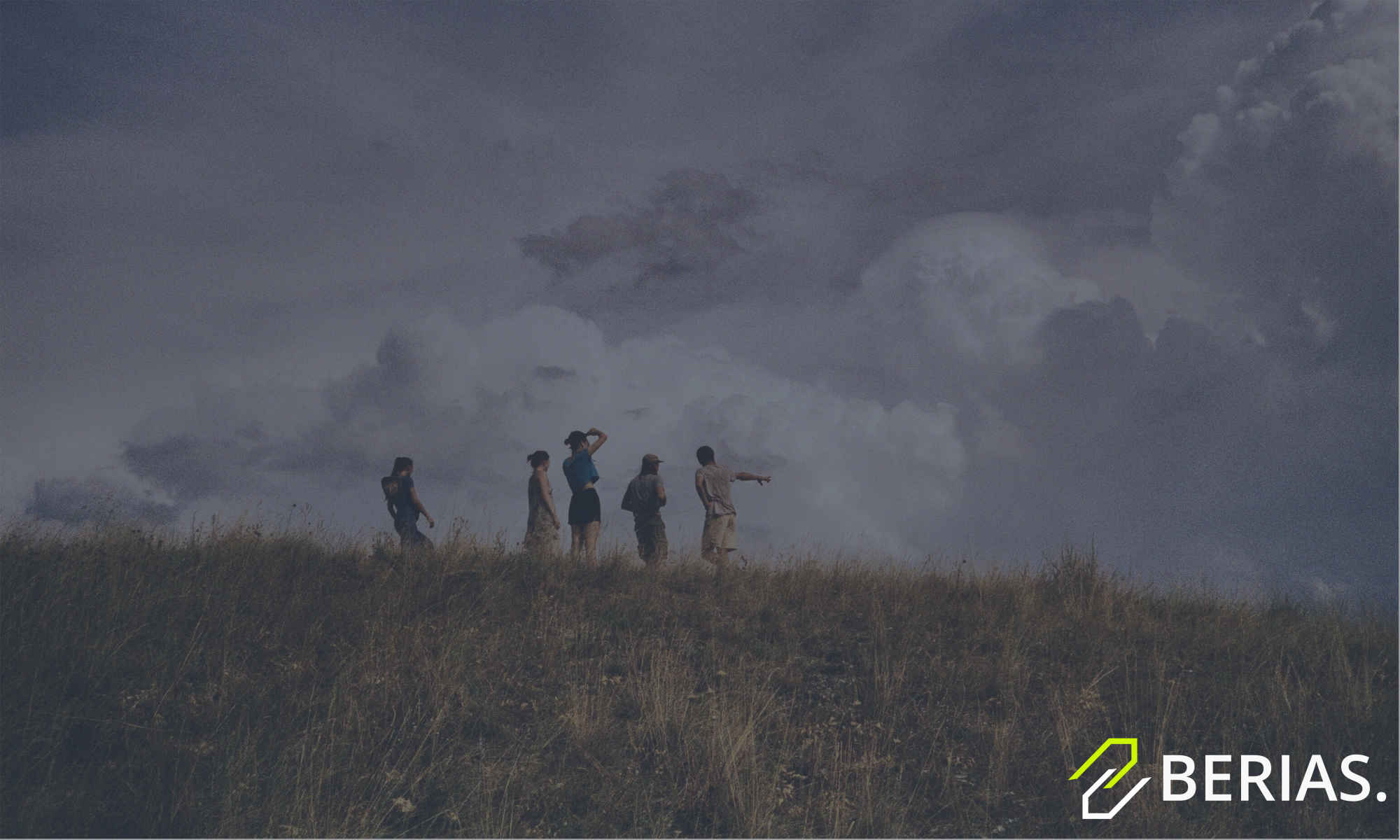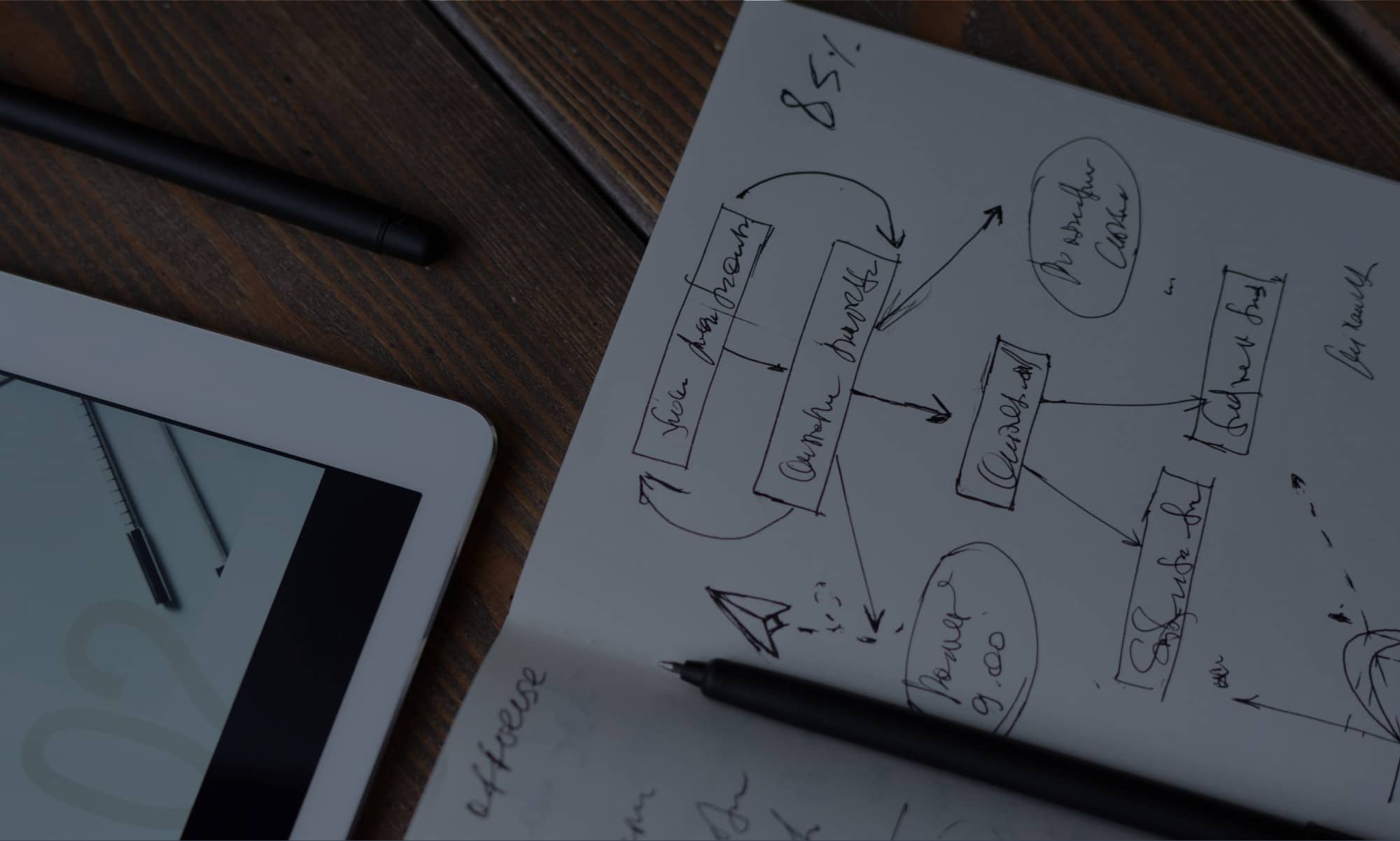BERIAS.newsblog
Reading time: 1,5min
Your Content Goes Here
Published by: Anna-Lena
More articlesCHANGE = GOOD
What does an impending change do to us?
There is a wide range of possible reactions: enthusiasm, excitement, confusion, excitement, curiosity, worry, motivation, anger, anticipation, …
In our private lives, we often react differently to change than in our professional environment.
This is because we play different roles, which can also manifest themselves differently in our thoughts and actions.
Let’s take a look at changes in the professional contextin this article.
What happens when companies try to bring about change as unnoticed as possible, or involve only a small proportion of employees?
These companies rob themselves of one of their most valuable potentials!
They leave out the people who have to support and live the change in order for it to be effective.
Every person is individual and should be integrated into a change project with their strengths and uncertainties.
At the same time, 7 phases can be identified in a change project, which have a significant influence on two factors over the course of time:
BERIAS.service
Your virtual assistance on demand.
INFORM NOW!
- The performance of employees
- The team’s perception of its own competence, i.e. its self-efficacy
The first aspect is important to keep the company on track.
Consistent performance is essential for meeting delivery deadlines – both internally and externally – as well as ensuring quality and therefore customer satisfaction.
Aspects from the “head level”, which you can read about in the first article on change management, have an effect here. ->Change management – in a nutshell
When it comes to self-efficacy , we are at the “gut level”.
Very few people see themselves as a kind of “recipient of orders”; instead, they want to help shape things, contribute ideas and experience themselves as active participants in events.
This does not mean that everyone wants and needs to be in the front row.
A team needs every part: the loud, the quiet, the analytical and the creative, to name just a few examples.
From a psychological perspective, people who have a high level of professional self-efficacy, i.e. who believe that they can achieve certain goals or overcome challenges with their own abilities, are more motivated, creative and resilient.
And these skills are important elements for successfully implementing change in an organization!
Let’s take a detailed look at the 7 phases of change:
1. shock: In this phase, you are confronted with unpleasant surprises.
The perception of your own competence decreases because the previous patterns of action and rules are no longer suitable for the new framework conditions.
2. rejection: “Because what must not be cannot be!” This is the motto in the phase of rejection and denial.
By seeing the new conditions as irrelevant, sometimes even non-existent, we protect ourselves from the demand to adapt to new things.
At the same time, we stabilize our feeling that we still have the situation under control.
3. rational insight: This is the time for quick fixes!
The symptoms are usually combated to avoid having to make far-reaching changes. The situation is gradually recognized as reality, but not yet integrated into one’s own permanent patterns of behaviour.
/wp-content/uploads/2021/04/BERIAS_Change_7Phase_Richard_Streich.jpg
4. emotional acceptance: Before emotional acceptance is achieved, we have to go through the “valley of tears”.
This is important in order to let go of the old – here you will find a decisive ritual element in the change process!
The task of this phase is to accept the change and, with an inner willingness to rethink actions, ways of thinking and previous rules, to learn to see the opportunities of the crisis with optimism.
If we fail to take this step, we remain in the valley of tears.
We lean firmly on the previous state and bind our energies in the need to preserve the old normal at all costs instead of engaging with the new and actively helping to shape it.
5. try out and learn: Once the step towards emotional acceptance has been taken, the willingness to try out new things and learn releases new energy.
Creativity, curiosity, drive, the spirit of experimentation and development can regain the upper hand!
There are successes and failures.
Our own competence can regain a positive perception with constant practice and the successes that come with it.
This increases our motivation and also our satisfaction.
6. realization: By trying things out and practicing, information is gathered that can be evaluated and that sets the direction for the future.
New rules and behaviors are established.
The change demands a more conscious mode of being and doing. We are challenged to practice, recognize and evaluate what brings us closer to the new goal and what does not.
We feel flexible because our own scope for decision-making and action increases, We experience ourselves as competent and active participants in the process.
We become part of the change!
7. integration: The change becomes a new normal.
The new rules and behaviors become a natural part of us and enter our subconscious.
Change processes are always cyclical – but the duration of the cycle varies depending on how quickly external changes affect us.
What is certain is that we are constantly challenged to leave the old behind and learn and start something new.
None of the 7 phases is better or worse than the others – they are human and form the basis for successful change in every change project!
This article was written by:
/wp-content/uploads/2020/05/Anna-Lena_hochformat.jpgAnna-Lena Fesl
Strategy partner
You can find more articles in the BERIAS.newsblog
Newsblog
This article was written by:
/wp-content/uploads/2020/05/Anna-Lena_hochformat.jpg
Anna-Lena Fesl
Strategy partner
You can find more articles in the BERIAS.newsblog
Newsblog
DISCOVER YOUR POSSIBILITIES WITH BERIAS.
Click here for our portfolio
REQUEST NOW!
We are at your disposal for all questions!Phone: +49 (0) 8158 928 663
 7. January 2022
7. January 2022




